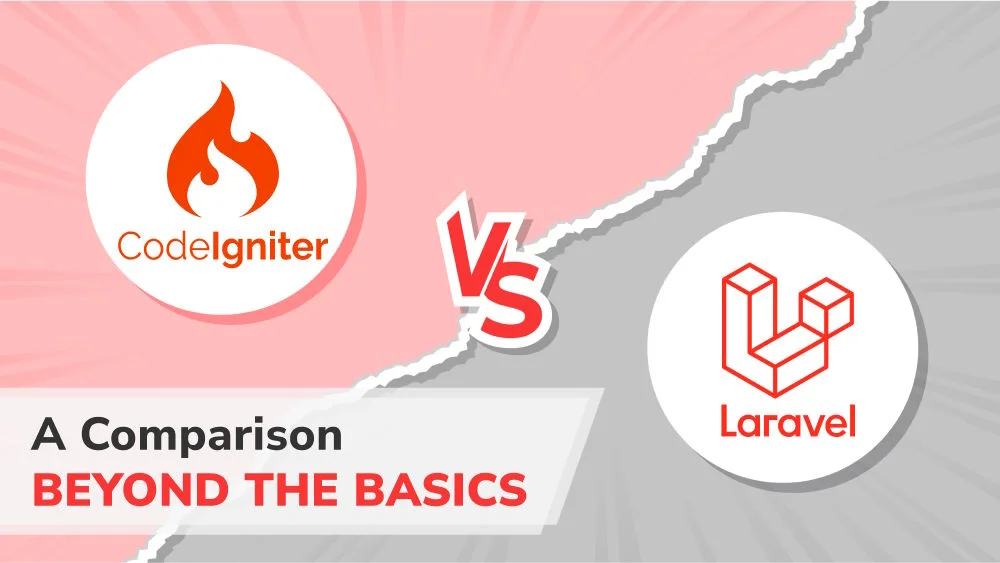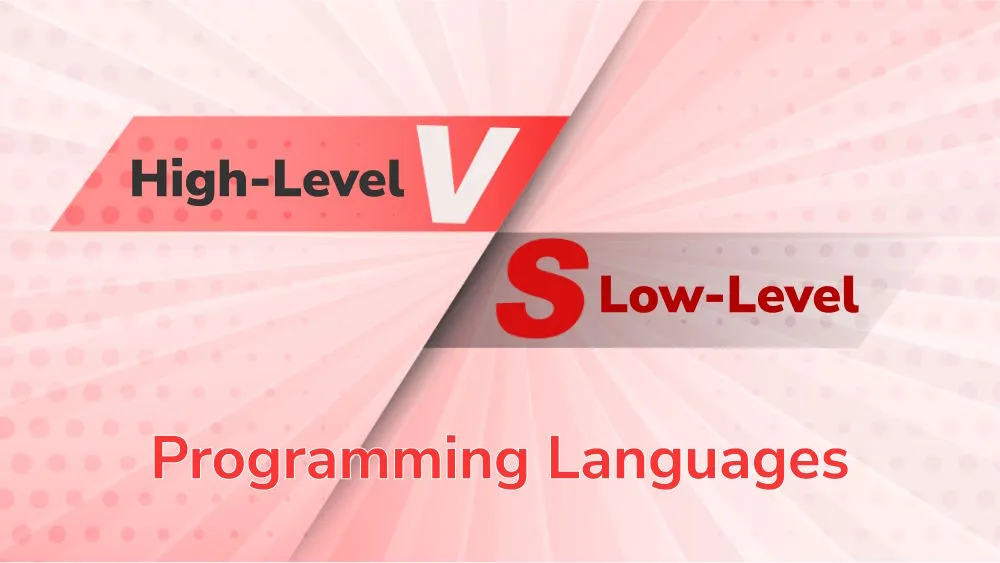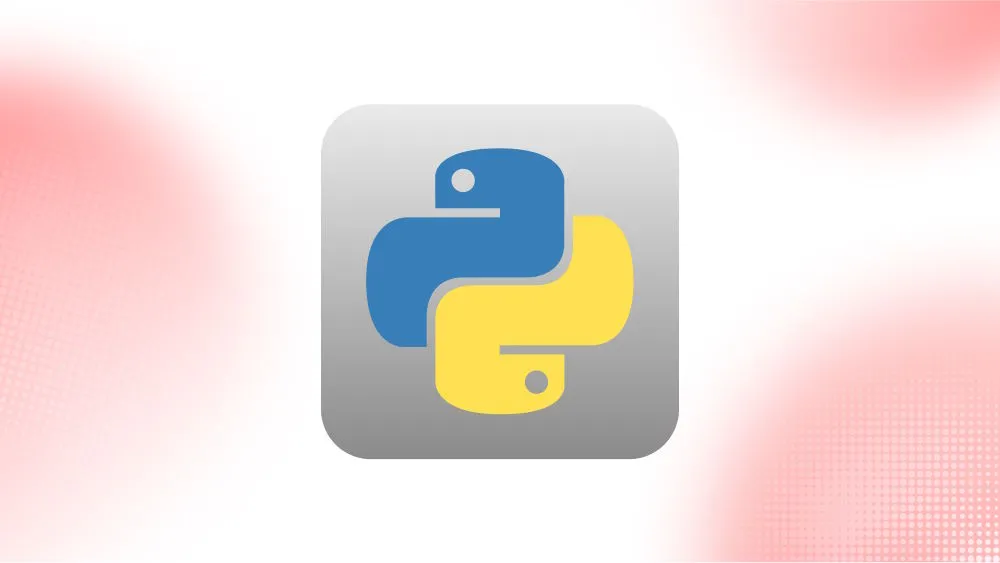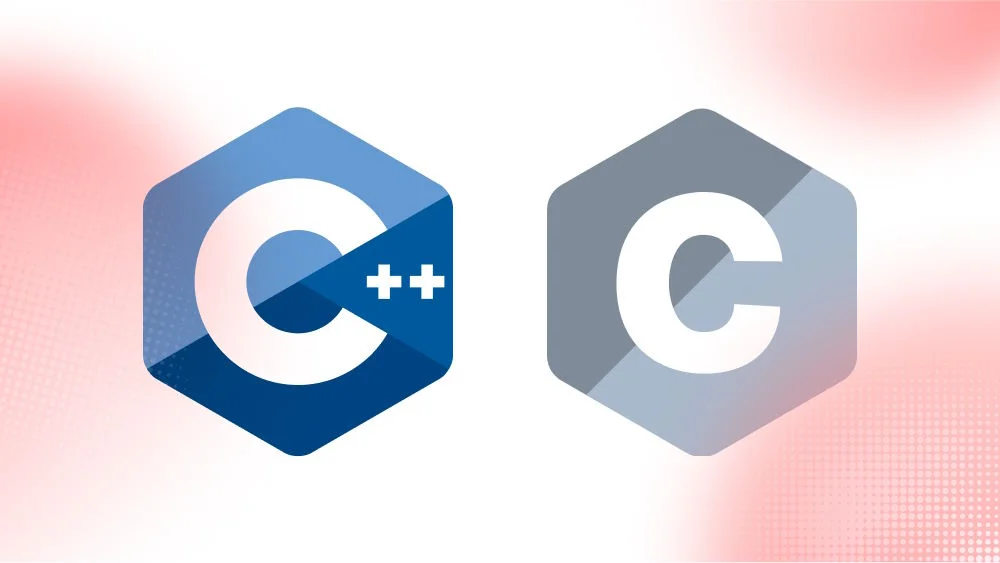
Tour the World of High-Level Programming Languages

Content Map
More chaptersToday, we invite you to join us on a journey to explore the vibrant universe of high-level programming languages – where innovation meets creativity to drive the technology world forward.
From definition to the difference between high-level and low-level languages, from real-world impact to practical execution - today’s article will dive into every aspect you need to know about high-level programming languages.
What Is a High-Level Programming Language?

Definition
According to Techopedia, “A high-level language (HLL) is a kind of programming language that aims to make computer programming easier to understand and more user-friendly for people.”
High-level languages are designed to make writing and reading codes easy for humans, both in terms of syntax and semantics. Syntax refers to the collection of guidelines defining the symbol combinations deemed appropriate for properly designed programs. Semantics are the meaning of the symbols.
This approach allows developers time and energy to focus on solving problems rather than wrestling with the intricacies of computer architecture.
Characteristics
While low-level programming languages are machine-friendly, high programming languages are human-friendly. The following cardinal characteristics illustrate this:
Abstraction from Machine Language
Since high-level languages are human-friendly, one of their most important features is relieving users of the burden of understanding machine language complexities. This enables developers to focus on the programming logic instead of memory management or CPU instructions, for example, to boost productivity and efficiency.
Human-Readable Syntax
High-level languages are defined by syntax that resembles natural human language, meaning the structures are intuitive and easy to understand. Let’s take the “print” command in Python; it is similar to a command in plain language, making the programming process easier.
Problem-Oriented Design
While low-level languages are made to fit hardware configurations, high-level languages are concentrated on solving problems and working with computational tasks. Each line of code that makes up the high-level language is made to carry out various tasks, which aims to make the development process simple and productive.
Translation to Machine Code
Simply put, machine codes are numerical instructions (consisting of 0s and 1s) given to a computer. However, since machine codes are extremely tedious and error-prone, in the low-level programming language world, we have assembly language - human-readable representation that uses symbolic names to represent these instructions. Even though it is easier to understand than raw machine code, assembly language is still quite difficult to work with.
Therefore, compilation is added to high-level programming languages. Compilation is the procedural step that converts high-level code into machine code before execution. This translation guarantees that the source code is converted from a human-readable format into computer-processable instructions.
Use Cases
High-level programming languages are not only popular but also have a wide range of use cases, including:
- Web Development: HTML, JavaScript, and CSS are programming languages that developers can easily use to develop dynamic and impressive websites.
- Data Analysis: To conduct effective data analysis, one needs to have the ability to manipulate data efficiently. This is where programming languages like R, SQL, and Python come in handy, as they offer powerful data manipulation capabilities to help you make sense of your data and draw meaningful insights.
- Database Management System: To manage, store, retrieve, and manipulate data efficiently, a database management system is needed. With high-level commands in SQL (Structured Query Language), users can query, update, and manipulate data as needed.
High-Level vs. Low-Level Programming Languages: A Quick Comparison

Co-existing with high-level programming languages are low-level languages. Here is a quick comparison between the two.
| High-level programming language | Low-level programming language |
|---|---|
| Human-friendly, close to human languages | Machine friendly |
| Easy execution | Difficult execution |
| Portable from one device to another | Not portable from one device to another |
| Developers don’t need hardware knowledge to work with the language | Developers need to have hardware knowledge |
| Easy and simple maintenance | Complex maintenance |
Why Are High-Level Programming Languages Essential?
In addition to being human-friendly, the following reasons make high-level programming languages important:
- Productivity: The ease of use of high-level languages plays a large role in boosting productivity. However, that’s not all. They also have built-in functions, frameworks, and libraries that further elevate efficiency. As a result, teams experience shorter software life development cycles and faster time to market.
- Community Support: Most high-level languages have a supportive community that is happy to answer queries, provide documentation, and contribute to open-source projects. The rich ecosystem of these communities encourages developers to keep learning and improving their skills while also giving back to the community. This leads to the creation of better software and a more knowledgeable and skilled developer community.
- Accessibility: Ease of use and community support of high-level languages encourage aspiring programmers to dive into the software development world, fostering innovation and creativity in the industry.
- Platform-independent: High-level languages are portable, meaning they can be run on different operating systems with little or no modifications. Cross-platform development, as a result, allows the application to reach a wider audience.
Execution of High-Level Programming Languages
Interpreted
Some high-level languages are interpreted. When you write code in these languages, an interpreter (a special program) reads the code and executes the code line by line. The interpreter is the middleman who translates the codes and tells the computer what to do step by step. Python, JavaScript, and Ruby are interpreted languages.
Compiled Languages
Unlike interpreted languages, compiled languages have a compiler. The code written isn’t executed line by line. Instead, it is translated into machine code - a low-level language code. The machine code generation provides the computer with direct instructions to execute the code all at once. The compilation creates an executable file to run on the computer. Java, C, and C++ are compiled languages.
Transcompile Languages
Transcompilation is a process where source code from one programming language is translated into equivalent code in another. It is typically used in high-level programming languages, where the syntax is similar but different.
For instance, TypeScript, a superset of JavaScript, is translated into JavaScript code that web browsers or other JavaScript environments can execute.
Pros and Cons of High-level Programming Languages

Pros
- The first and most important advantage of high-level languages is their similarity to natural language. They are easy to understand, learn, write, remember, and debug.
- Users are distanced from the complex hardware.
- Developers can run high-level languages on different platforms without the need for modification. This makes high-level programming portable.
- High-level programming languages have a variety of supportive tools, libraries, and frameworks to make the coding process even faster and easier.
- Errors are easy to debug and troubleshoot.
- Coding productivity is boosted significantly.
Cons
- It takes time to transform the source code into machine code. Hence, compared to low-level languages, high-level programs are less memory efficient and slower.
- Developers don’t have control or the ability to directly communicate with the hardware.
- In terms of memory utilization or maximum hardware utilization, low-level languages are still the best choice.
Top High-level Programming Languages
Knowing the top high-level programming languages gives developers, especially aspiring developers, a competitive edge. To start, understanding the industry trends gives you more job prospects and job opportunities. Next, you can work to align your skills with the current requirements of the industry. Being willing to familiarize yourself with a variety of programming languages means you have an array of documentation at hand to learn and grow your skill sets.
With that being said, here are the top 5 high-level programming languages you need to know.
Python

- Popular with a large community and support modules.
- It is the third most-used programming language in 2023. (Statista)
- It is well-known for its readability and versatility.
- Utilized by large organizations like YouTube, Quora, and Instagram.
Java

- Popular for its Write Once, Run Anywhere (WORA) capabilities.
- Purely object-oriented programming language.
- It is widely utilized for web development and big data.
- Clean and readable syntax.
- Companies like Google or Amazon use Java.
C++/C

- High efficiency and control over hardware resources.
- Ranked highly in programming language indexes.
- Often used for game development and GUI (graphical user interface) applications.
- Microsoft, Adobe, and Electronic Arts (EA) are using the language.
JavaScript

- The most-used programming language used, according to a Stack Overflow survey in 2023.
- Backbone in web development
- Versatile use thanks to its popular front-end frameworks like React and Vue.js
- Popular for its ability to bring web apps to life and create dynamic user experiences.
- Facebook, Uber, Netflix, and more giants are using JavaScript.
PHP

Final Note
All in all, high-level languages have made programming easier, faster, and more effective by abstracting the complexity of the hardware. They are behind many of the websites and applications that we can’t live without today.
Creating impactful and meaningful software requires excellent leadership, an experienced and dedicated team, and, lastly, team members with a strong growth mindset. If what we described is just what you are looking for, and you are an aspiring developer, join Orient Software today and fully explore your potential! Not a developer but someone who wants to find a team of dedicated software engineers with holistic knowledge of high-level programming languages? Look no further; Orient Software will provide you with a team with the right blend of skills and experience! Talk to our experts today.






